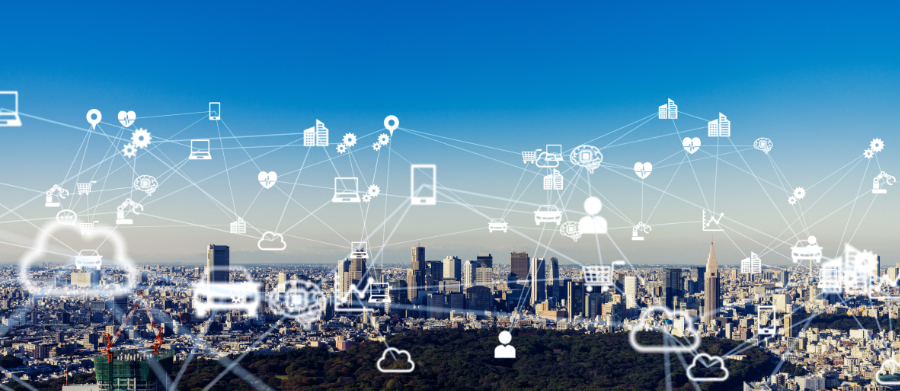Companies are already looking at deploying software and hardware needed to detect fevers, determine workers who have had recent contact with a COVID-19 victim, or simply keep workers separated at 6-feet apart. Obviously, none of these technologies were part of an organization’s IoT strategy in 2019, but COVID-19 is fast accelerating commercial IoT as companies are looking to create a safe environment for employees and customers. In this article, we are going to explore ways COVID-19 is accelerating commercial IoT.
Data Storage and Transmission
As companies incorporate remote work into their business operations, the need to store data locally has become a major concern. Many businesses prefer their data to be stored and analyzed locally instead of the cloud to avoid cyber-attacks. This has led to the use of common edge applications like smart video in cameras using embedded, or even removable storage card solutions. From increasing operational efficiencies to reducing infrastructure costs, cloud technology will help every business sustain into the future.
Enhancing Safe Work Environment
The major purpose of an office is to create a comfortable and safe working environment that allows employees to collaborate and be productive. A number of IoT office solutions such as access control systems, security cameras, or connected sensors, can help in enhancing a safe work environment.
Some companies who have been responsible for deploying IoT devices to businesses have pivoted to start offering tools that manage things like touch-less entry, thermal temperature scanning, and tracking employee’s interaction. Tools like thermal scanners which were initially used for checking the temperature of the food or to monitor conditions at steel mills are now repurposed to focus on people in a bit to monitor employees’ temperatures on a company's premises.
AR/VR and Virtual Meetings
The rapid shift to virtual learning, remote work, and online shopping in times of social distancing and lockdowns have led to the rise of immersive technologies like augmented reality (AR), virtual reality (VR), and mixed reality (MR).
According to ARtillery Intelligence, Virtual reality used within businesses is forecasted to grow from $829 million in 2018 to $4.26 billion in 2023. It is already in use for providing better customer service during the pandemic. Some businesses use it for work meetings and training.
The adoption of immersive technologies by businesses and organizations is expected to enhance remote collaboration and workplace productivity.
3D Printing
3D printing, also known as additive manufacturing, helped in quickly scaling up the prototyping and production of essential devices such as face shields, test swabs, and ventilator components. Companies in other industries will keep looking at how they can use this transformative technology in producing regular office devices.
As economies are opening up, the 3D printing technology will help businesses avoid over-dependence on primary suppliers for critical situations like the COVID-19 crisis. Hence, they will be able to bolster their manufacturing capabilities.
The pandemic has necessitated the need for commercial IoT in improving connectivity and enhancing productivity. As the world eases lockdowns, technology will continue to be an important aspect of the socio-economic recovery process.








